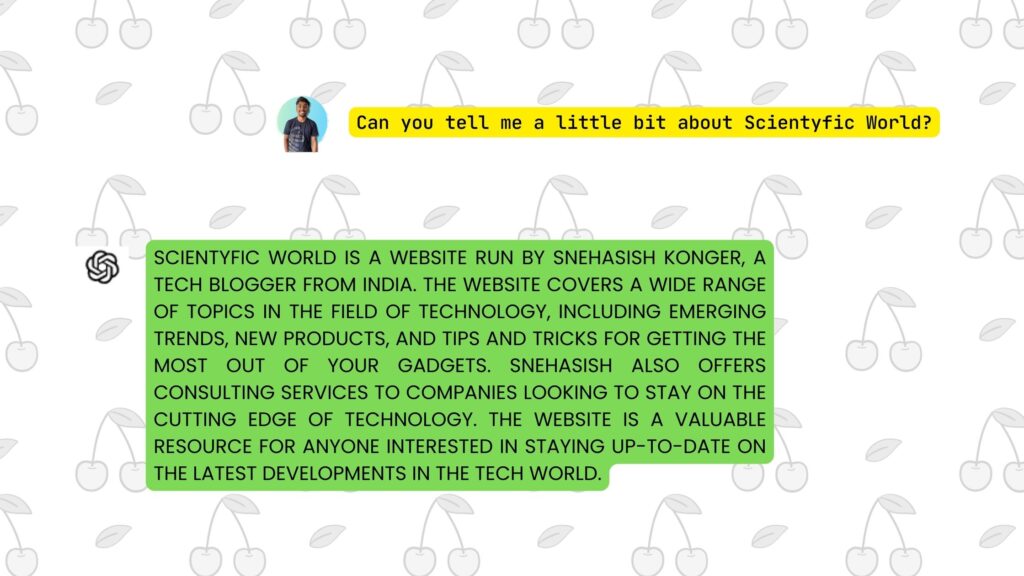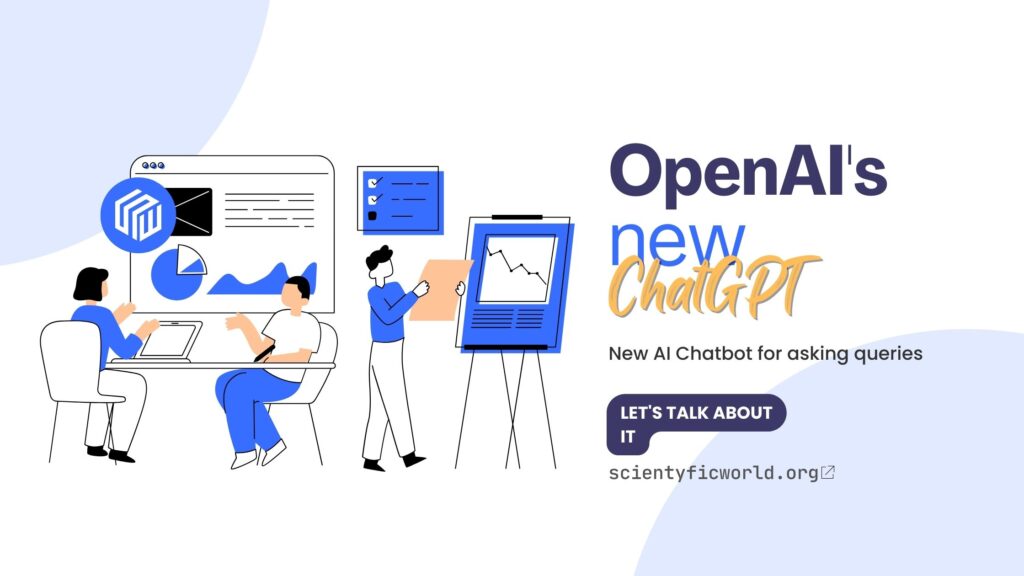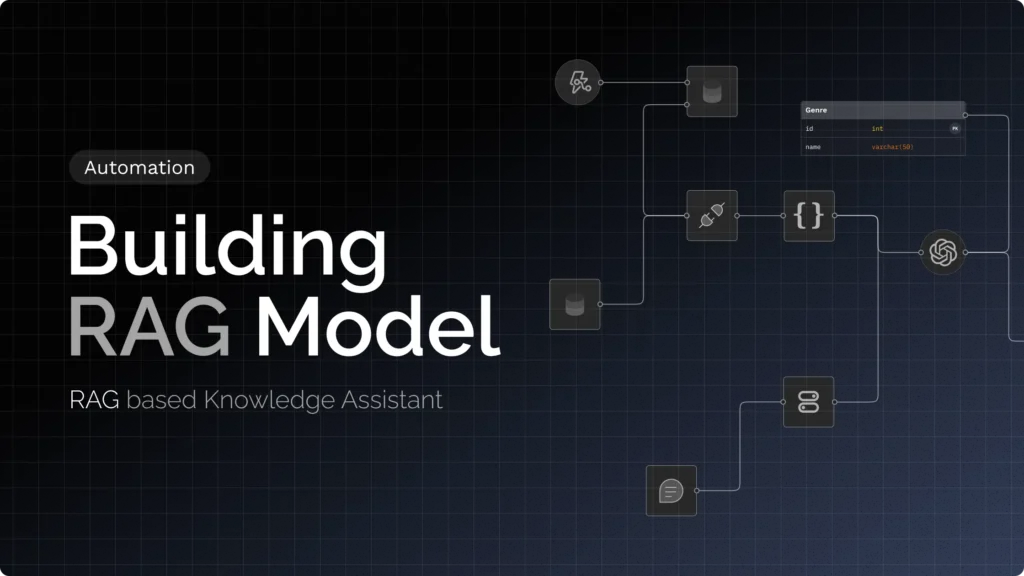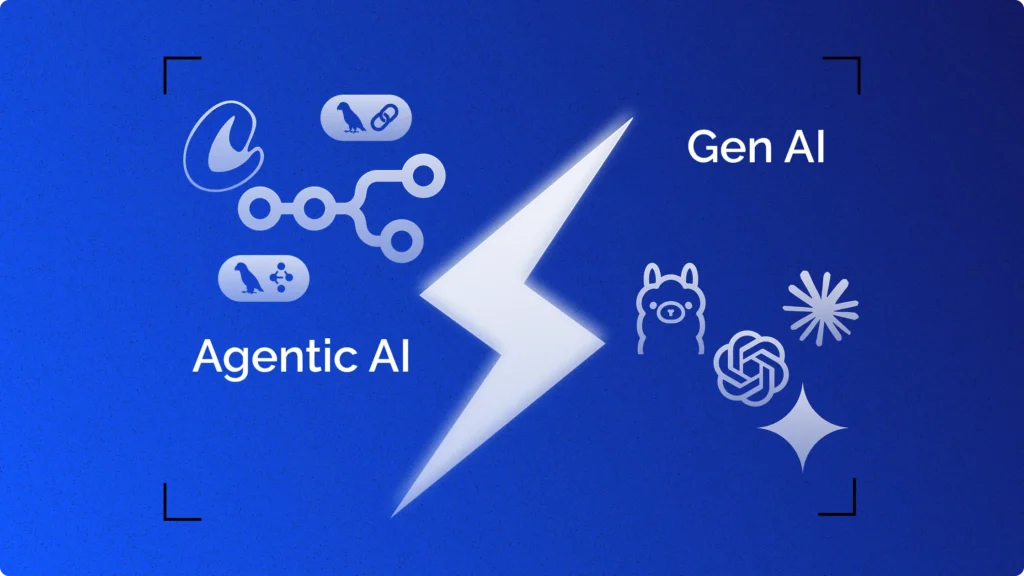OpenAI, a San Francisco-based research and artificial intelligence laboratory, recently announced the launch of ChatGPT, a new automated chatbot designed to simplify text conversations. The AI-powered chatbot incorporates the latest advances in natural language processing technology and the OpenAI GPT-3 language model to provide the deep contextual understanding and produce accurate and consistent responses. In this blog, we will explore the features, capabilities and potential applications of ChatGPT and its potential implications for customer service, conversational AI and natural language processing.
What is ChatGPT?
ChatGPT is an AI-powered chatbot developed by OpenAI and based on their GPT-3 language model. ChatGPT is designed to provide accurate, consistent and personalized responses to any text conversation. It has been trained on a large corpus of conversational data and has been optimized to recognize the implicit meaning underneath words and expressions.
ChatGPT is powered by OpenAI’s GPT-3 technology, which is a deep learning-powered natural language processing system. GPT-3 is an open-source AI model that is capable of understanding and responding to natural language queries. It is able to generate relevant content in response to the input given by humans.
It can be deployed as a virtual assistant or customer service representative, enabling companies to automate customer service inquiries, reduce costs and improve customer satisfaction. Additionally, ChatGPT has applications in conversational AI, natural language processing and other areas.
How does it work?
ChatGPT works by using GPT-3 to generate natural language responses to questions posed by humans. This technology is based on deep learning and is capable of understanding complex conversations.
The chatbot is trained to generate relevant responses that are based on the context and the user’s input. It uses algorithms to recognize the topic of the conversation and generate relevant responses.
The chatbot is able to respond to multiple topics, such as sports, politics, or travel. It is also able to recognize follow-up questions and respond accordingly.

For example,
I asked the AI chatbot: “Can you tell me a little bit about Scientyfic World?”
It replied to me this:
“Scientyfic World is a website run by Snehasish Konger, a tech blogger from India. The website covers a wide range of topics in the field of technology, including emerging trends, new products, and tips and tricks for getting the most out of your gadgets. Snehasish also offers consulting services to companies looking to stay on the cutting edge of technology. The website is a valuable resource for anyone interested in staying up-to-date on the latest developments in the tech world.”
Also, I argue with it(also can say train it), when it gives me wrong information.
Features:
This AI has been optimized to provide consistent and accurate responses in any text conversation. This technology is capable of recognizing the implicit meaning of words and expressions, allowing it to generate accurate and personalized replies to inquiries.
ChatGPT has a range of features which include:
- Natural language processing (NLP) capabilities: It is capable of understanding and producing natural language conversations. It can recognize words, sentences, grammar, context, and different types of input.
- Advanced dialogue management: This AI is able to determine the context of a conversation, differentiate between different types of input, and respond appropriately to each.
- Generative capabilities: It is able to generate conversations from scratch, or suggest potential responses to users’ inputs.
- Versatility: It can be used to build applications and services such as virtual assistants, automated customer service, online forums, and more.
Potential Applications
The most obvious application for ChatGPT is in customer service, where it can be used as a virtual assistant to answer customer inquiries. Freeing customer service representatives from mundane tasks can help reduce costs and improve customer satisfaction.
Beyond customer service, this AI has potential applications in natural language processing, conversational AI and more. For example, it can be used to generate accurate and personalized replies to customer feedback and inquiries, enable natural language search in customer support applications, and provide personalized product recommendations.
Implications
ChatGPT is a revolutionary chatbot technology that has the potential to revolutionize customer service, natural language processing and conversational AI. Automating customer inquiries and providing accurate and personalized responses, can reduce customer support costs and improve customer satisfaction. Additionally, its deep contextual understanding makes it ideal for applications such as natural language search and personalized product recommendations.
• Customer Service: This application can be used to create chatbot applications that provide helpful customer service. The platform can provide quick and accurate answers to customers’ queries and help them with their issues.
• Lead Generation: This application can be used to create applications that generate and qualify leads. The platform can be used to identify potential customers and engage them in meaningful conversations.
• Product Recommendations: It can be used to create applications that provide personalized product recommendations. The platform can analyze customer conversations and surface relevant products and services.
• FAQs: This app can be used to create applications that answer frequently asked questions (FAQs). The platform can provide accurate and helpful answers to customers’ queries.
Limitations:
Despite its many advantages, it also has certain limitations.
- Lack of domain knowledge: ChatGPT is not able to understand certain topics and domains that require specialized knowledge. For instance, if you ask a financial advisor a question, the ChatGPT might not be able to provide an accurate answer due to its lack of expertise in the area.
- Difficulty understanding complex queries: It is able to understand simple queries and commands, but it may struggle with complex, multi-part questions.
- Difficulty understanding context: It is able to understand contextual conversations, but it might not always be able to accurately interpret all the nuances of a conversation.
- Difficulty generalizing: It is capable of understanding specific domains and contexts, but it does not generalize well to new situations.
- High usage cost: Training and using ChatGPT requires a significant amount of resources and computing power, which can be expensive.
I’ve got another very interesting question around the internet, i.e. “will this chatbot ai eliminate the search engine?”
So here is the probable answer to that question –
Eliminating Google and other search engines:
The idea of chatgpt AI replacing Google may seem far-fetched to some, but there is no denying that the technology has made strides in recent years and is rapidly becoming an integral part of everyday life. With the development of natural language processing (NLP) and deep learning, chatgpt AI has the potential to revolutionize how we interact with the technology around us.
Chatgpt AI is a form of artificial intelligence (AI) that specializes in natural language understanding. This means it can understand and respond to the user’s commands in a conversational manner. It is designed to provide answers to questions, complete tasks and automate processes. Google is the current leader in search engine technology, and while it is a powerful tool, it has some limitations. It is not designed to understand natural language, so it can’t respond to complex queries or hold a conversation.
Chatgpt AI, on the other hand, is designed to understand natural language and can respond to complex queries. It can be trained to understand the nuances of human language and respond in kind. It can also learn from its interactions with users, so it can become more accurate and intelligent over time. This means it can provide more accurate search results than Google.
Chatgpt AI can also be used to automate processes and complete tasks. It can be used to automate customer service inquiries, manage customer accounts and even schedule appointments. It can also be used to complete tasks such as processing orders, booking flights and scheduling meetings. This makes it a powerful tool for businesses to streamline their operations and save time and money.
Google is still the leader in search engine technology, and it is unlikely that it will be replaced anytime soon. However, chatgpt AI has the potential to be a powerful tool for businesses and individuals alike and could eventually become a viable alternative to Google. The technology is still in its early stages, and there is still a lot of work to be done before it can reach its full potential, but the promise of chatgpt AI is undeniable.
In the future, chatgpt AI will likely become an important part of our lives. It will be used in a variety of ways, from automating tasks to providing answers to complex queries. It may even be used to replace Google as the primary source of information for many people. For now, however, it is still in its early stages and has a long way to go before it can truly be considered a viable replacement for Google.
Conclusion
OpenAI’s ChatGPT is a powerful chatbot technology that has the potential to revolutionize customer service, natural language processing and conversational AI. By leveraging the latest advances in natural language processing and the OpenAI GPT-3 language model, ChatGPT can provide accurate and personalized responses to text conversations and free customer service representatives from mundane tasks. Additionally, its deep contextual understanding makes it ideal for applications such as natural language search and personalized product recommendations.
Now, if you want a basic overview of ChatGPT, then I’d definitely recommend you check out the video made by Adrian Twarog. Now if you don’t know him,
Adrian Twarog is a software developer and educator who has a passion for helping others learn about programming and computer science. With over a decade of experience in the tech industry, Twarog has a wealth of knowledge and expertise to share with those looking to break into the field or learn more about how computers work.
In this video, Adrian amazingly talked about this chatbot ai. He has made more videos than only this one on ChatGPT. So, you can surely check it out.







